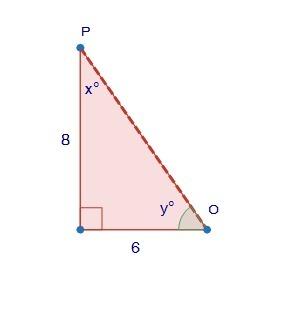
Mathematics, 17.05.2021 06:50 mytime8774
A company that makes robotic vacuums claims their newest model of vacuum lasts, on average, two hours when starting on a full charge. To investigate this claim, a consumer group purchases a random sample of five vacuums of this model. They charge each unit fully and then measure the amount of time each unit runs. Here are the data (in hours): 2.2, 1.85, 2.15, 1.95, and 1.90. They would like to know if the data provide convincing evidence that the true mean run time differs from two hours. What are the appropriate hypotheses?
H0: μ = 2 versus Ha: μ < 2, where μ = the true mean run time for all vacuums of this model
H0: μ = 2 versus Ha: μ > 2, where μ = the true mean run time for all vacuums of this model
H0: μ = 2 versus Ha: μ ≠ 2, where μ = the true mean run time for all vacuums of this model
H0: μ ≠ 2 versus Ha: μ = 2, where μ = the true mean run time for all vacuums of this model

Answers: 1
Another question on Mathematics

Mathematics, 21.06.2019 15:00
1. are the triangles similar and if so why? what is the value of x? show your work.
Answers: 2

Mathematics, 21.06.2019 18:00
If f(x) = 4x – 3 and g(x) = 8x + 2, find each function value a.f[g(3)] b.g[f(5)] c.g{f[g(-4)]}
Answers: 3

Mathematics, 21.06.2019 23:20
Find the common ratio of the sequence. -4, 8, -16, 32, a: -12b: -2c: 12d: -1/-2
Answers: 1

You know the right answer?
A company that makes robotic vacuums claims their newest model of vacuum lasts, on average, two hour...
Questions

History, 12.12.2020 15:50

Mathematics, 12.12.2020 15:50


Mathematics, 12.12.2020 15:50

History, 12.12.2020 15:50

Biology, 12.12.2020 15:50



English, 12.12.2020 15:50




Mathematics, 12.12.2020 15:50






English, 12.12.2020 15:50

Mathematics, 12.12.2020 15:50




